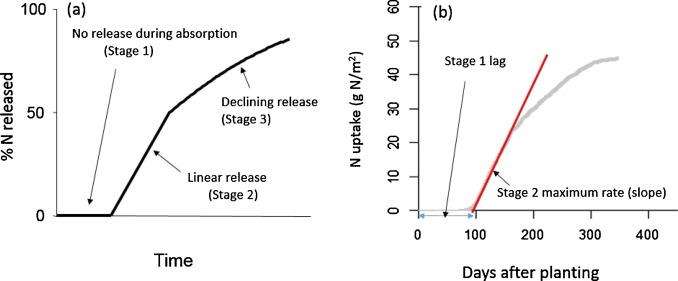Biological & Life Science
PHD Dissertation
- New Insights into Complex Role of Mitochondria in Parkinson’s disease
- Antibody Detection in Diagnosis of Schistosomiasis
- Effects of Biomass Particle Size in Cellulosic Biofuel Production
- Dissertation on Modelling Sugarcane Nitrogen Uptake Patterns
- An Integrative Review on Complementary and Alternative Medicine
- A Neuronal Trigger- Endoplasmic Reticulum Stress on Alzheimer’s Disease
Dissertation on Modelling Sugarcane Nitrogen Uptake Patterns
The use of controlled release fertilisers (CRF) is being promoted in the Australian sugarcane industry to improve nitrogen (N) use efficiency and reduce N losses through better matching of N release with crop N demand. Little is known, however, about the required synchrony due to limited information on both N uptake patterns of sugarcane and N release patterns from CRF under different crop growing conditions.
However, for a given site, crop N uptake patterns during the early crop growth stage varied little between seasons (<0.5 g N/m2). All the simulated N uptake patterns showed an initial lag period with little N uptake (average <1.7 g/m2), followed by a relatively sudden transition to a rapid and linear uptake period with the rate and duration of the linear phase depending on management, climatic and soil conditions. Over the course of the season the variation in total N uptake increased especially when the sugarcane system had a limited irrigation allocation or was rainfed. These N uptake patterns could be used to inform the design and management of CRF to optimise synchronisation with sugarcane crop N demand. The predicted average lag periods ranged from 55 days to 137 days.

Fig.1. Modelling Sugarcane Nitrogen Uptake Patterns
The average lag period was shorter for the ratoon crops (55-83 days) as compared to that for the plant crops (79-137 days) and shorter for later planted or ratooned crops that experienced warmer temperatures in the first months. Temperature also contributed to a location effect, which was particularly strong for plant crops where, for example, the average lag period for early plant crops ranged from 102 days for the most northern tropical site to 137 days for the most southern subtropical site. differences need to be considered in the design of CRF release patterns and management of timing of application. The predicted average maximum linear N uptake rate ranged from 0.25 to 0.38 g N/m2/day and driven by direct and indirect effects of solar radiation input.
